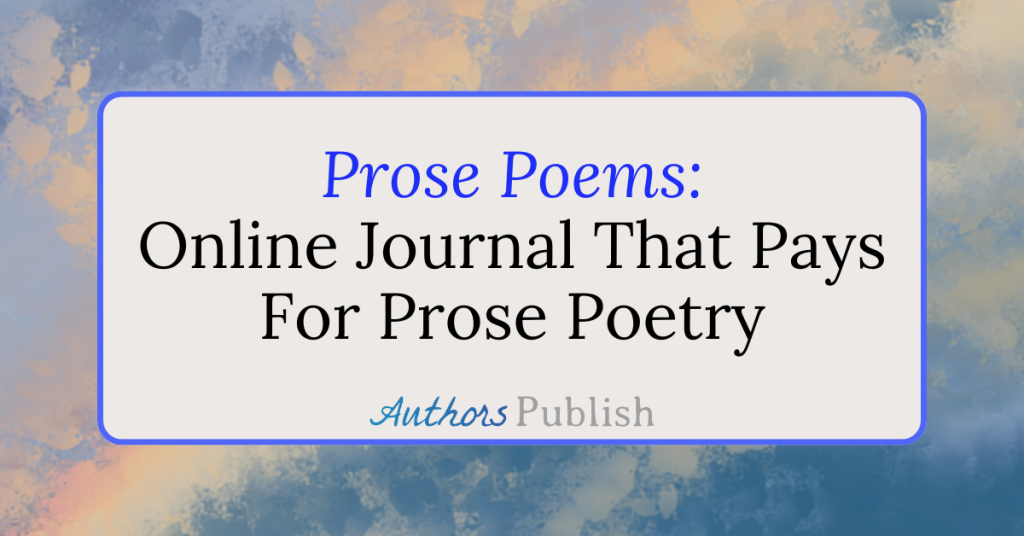By Amanda Nicholson
Do you struggle to write realistic bad guys in your fiction? Maybe you wonder why TV shows like Dexter are popular, or what You (both a book and successful Netflix series) is getting right, that you try so hard to replicate. If so, the following suggestions might help.
Give your bad guy (or woman) some good characteristics
If you’ve ever read a book where the main character is just bad, you’ll understand what I mean here. Bad characters should not equal bad writing. Think about the people you know (and dislike). There is usually something about them that makes other people like them. Do they care for a sick relative? Maybe they’re horrible to most people, but have that one close friend or family member they will do anything for. If they’re not a people person, they might volunteer at an animal shelter because they feel more fondness for animals than other humans. My point is, very few people are just plain evil. That goes for criminals too. Some have a code, so even if they are breaking the law, they have their own rules to guide them.
Some examples
I’ve already mentioned You by Caroline Kepnes. It works so well because there’s an element of humor in there. Joe also has a caring nature, although he quickly becomes obsessive, and this usually ends in several murders. Before he reaches this point, he’ll do anything to protect the people he cares about, but he expresses his feelings differently from other people. He’s clearly unhinged, but the lines between charming, good-looking man and psychopath get blurred. If Joe was just roaming the streets killing random people, the book wouldn’t be so successful.
Another example of a bad or flawed character with some depth is Jane Doe by Victoria Helen Stone. The main character is Jane, a sociopath with no emotional connection to anyone, except for one person. She seeks revenge on the person she holds responsible for her friend’s death. Her plan is cold and calculated, but she comes across as the perfect anti-hero. It helps that many of the characters in the book are bad people with significant flaws, which brings me to my next point.
Make your bad guy stand out
As the previous example shows, it’s okay to portray some characters as just bad people. This doesn’t mean they don’t have redeeming features, but if they are supporting characters, the story doesn’t center around them. You can still give small hints towards better attributes, but if your main character is a baddie, you want to make him or her stand out in some way.
This can include some back story carefully weaved in, so the reader can grasp why your character behaves the way they do. By putting yourself in their shoes, you can try to imagine how you might react if their life was your life. This can provide the motivation for your character’s actions.
Some popular bad guy motives
Although I use the term bad guy, many actions are just a reaction to something else. Of course, not everyone responds in the same way, and just like a bad person can do good things, a good person can do bad things.
Some examples of character motivation could include:
A father who is hard-working and dotes on his family, until something happens to them (perhaps a hit and run) and he makes it his mission to seek revenge when the justice system fails him. This way, he’s not just a random killer. He has a specific target in mind, but if his plans go wrong, he might be so determined to exact revenge that other people get hurt along the way.
Alternatively, you might have a more typical bad guy who kills or robs people, but you can delve into his backstory, so readers might understand his motives. Maybe he blames the bank for his family becoming homeless when he was a child, and now he lives off the grid, robbing banks to survive and as a way to get what he sees as justice.
Readers don’t have to agree with your bad guy, but if you can give your characters’ motives, redeeming qualities and flaws in equal measure, they will be more likely to keep reading to either cheer on your characters or see if they can be stopped.
Bio: Amanda Nicholson also writes as Amanda Steel. Her novel, Ghost of me was a finalist in the 2020 Author Elite Awards. Amanda writes fiction, poetry, and non-fiction. Her work has been published by Writers Weekly, Introvert Dear, and Jericho Writers. Learn more about her writing here: https://amandasteelwriter.wordpress.com






